In the world of “clean beauty,” essential oils often carry a halo of purity. They’re marketed as natural, wholesome, and therapeutic. But at Beleza by Z, we know that “natural” doesn’t always equal safe. In fact, essential oils can be some of the most irritating and risky ingredients you can put on your skin. Here’s why we intentionally leave them out of our formulas:
1.
Essential Oils Are Plant Defense Chemicals
Essential oils are not the plant’s “nutrients.” They are the plant’s pesticides—defense compounds (phytotoxins and allelochemicals) meant to ward off insects, fungi, and other threats. When concentrated and applied to human skin, these same molecules can be just as aggressive to your barrier as they are to a bug’s exoskeleton. This is why even “therapeutic grade” oils are still common culprits behind contact dermatitis, irritation, and long-term sensitivity.
2.
Small Molecules = Big Risk (Especially for MTHFR Carriers)
Essential oils are made of tiny, volatile compounds that slip right through the skin barrier. That means they don’t just sit on top of your skin—they enter the deeper layers and even your bloodstream. This can lead to:
- Inflammation and redness
- Allergic reactions
- Hormonal disruption
- Worsening of chronic skin conditions (eczema, psoriasis, rosacea)
Now, here’s where genetics makes the risk even greater, the MTHFR factor. Up to 40% of the global population carries an MTHFR gene mutation (C677T or A1298C being the most common). This genetic variation reduces the efficiency of your methylation pathway, a key process your body uses for detoxification. A person without this mutation may break down and clear reactive compounds from essential oils more efficiently. Someone with an MTHFR mutation detoxes more slowly and less completely, meaning these small oil molecules (and their metabolites) can build up, causing oxidative stress, inflammation, and systemic strain. The same essential oil that one person can “tolerate” might be a trigger for flare-ups, fatigue, or deeper imbalance in someone with MTHFR. That’s why for us, removing essential oils isn’t just about avoiding superficial irritation—it’s about respecting deeper biological diversity and genetic vulnerability.

3.
Essential Oils Are Among the Top Allergens in Skincare
Dermatology data consistently shows essential oils and their components (like linalool, limonene, and eugenol) among the most common skin allergens. Even when diluted, their allergenic potential remains high. For sensitive or inflamed skin, this is the last thing you need.
4. Natural” Does Not Mean Gentle
It’s a misconception that “natural” is always safe. Poison ivy is natural. So is arsenic. What matters is biocompatibility—how an ingredient interacts with your skin and body. Essential oils, by their very chemistry, are not barrier-friendly.
Our Approach: Barrier-Safe, Science-Led, Gene-Inclusive
Oils are made up of large molecules. No matter how premium the oil—rosehip, marula, tallow, emu, squalene, squalane, castor, olive, jojoba, coconut, or argan—it doesn’t actually hydrate your skin. All oils (except for essential oils) are occlusives, meaning they act as a protective barrier on the skin’s outermost layer to lock in existing moisture. But if your skin is dehydrated to begin with, an oil alone won’t solve the problem. In fact we don't recommend using any type of pure oil or heavy emollients (on the face) since this can trigger or worsen perioral dermatitis, a skin condition that causes red, inflamed skin around the mouth and nose. Real hydration comes from humectants—ingredients that attract and bind water to the skin. Think: aloe vera, hyaluronic acid, beta glucan, etc. In order to moisturize, your skincare product must contain water or water-binding ingredients, like our
Bio Lipids Tallow Moisturizer SPF 30. So no, it's not just another oil in bougie packaging. We Promise.

At Beleza by Z, we design skincare that works with your biology, not against it. That means no essential oils, no unnecessary irritants, and no “trendy” additives that compromise long-term skin health. Instead, we use nutrient-rich, lab-purified tallow, ferments, and advanced actives chosen for their proven ability to support sensitive skin, restore barrier function, and respect your body’s detox pathways—whether or not you carry the MTHFR mutation. Essential oils are tiny but mighty—and not in a good way. For people with sensitive skin, chronic inflammation, or an MTHFR mutation, they represent an unnecessary risk. That’s why at Beleza by Z, we’ve cut them out entirely.

To learn more about naturally occurring defense chemicals in plants, we encourage exploring a combination of botany, phytochemistry, and toxicology resources. Educated consumers are empowered consumers.



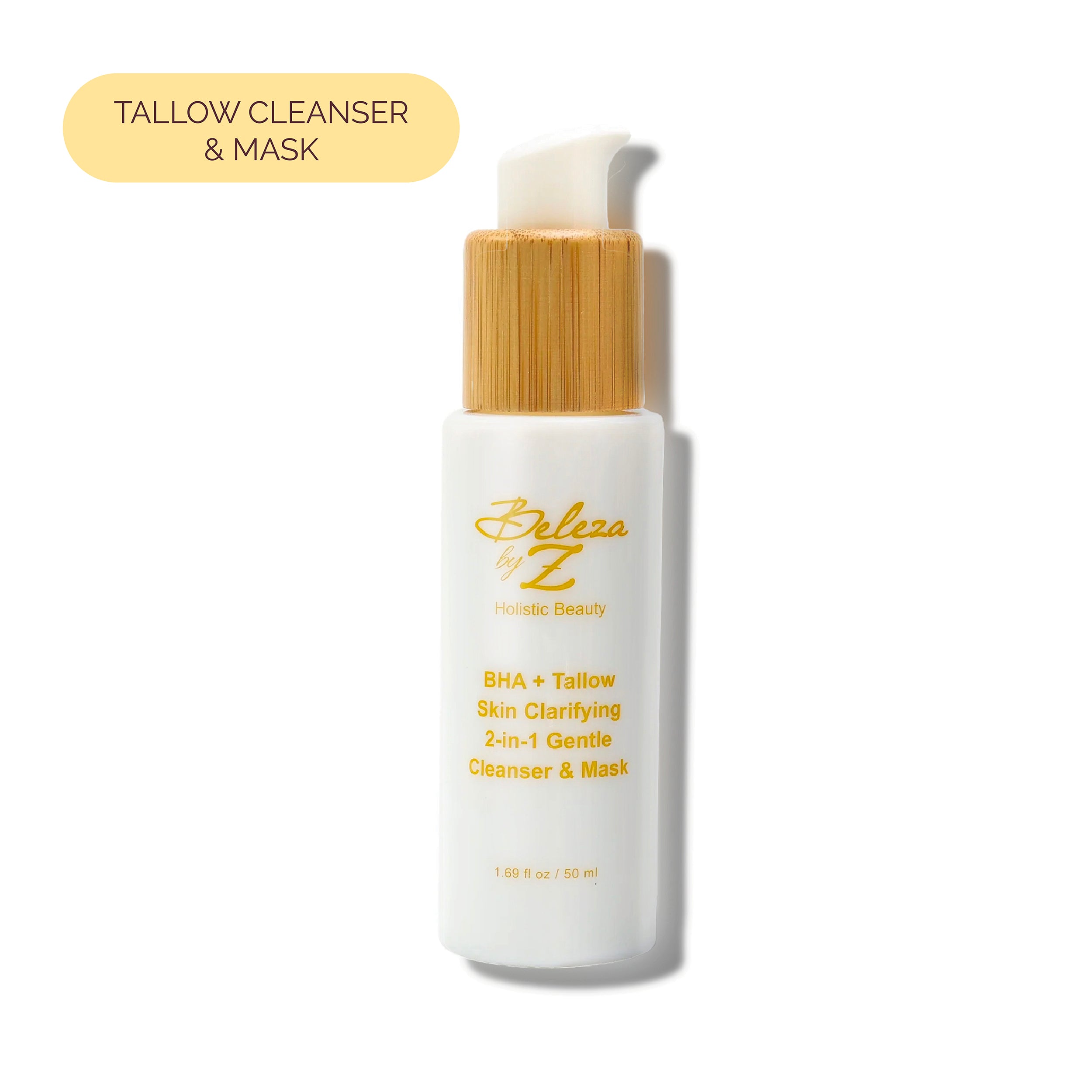
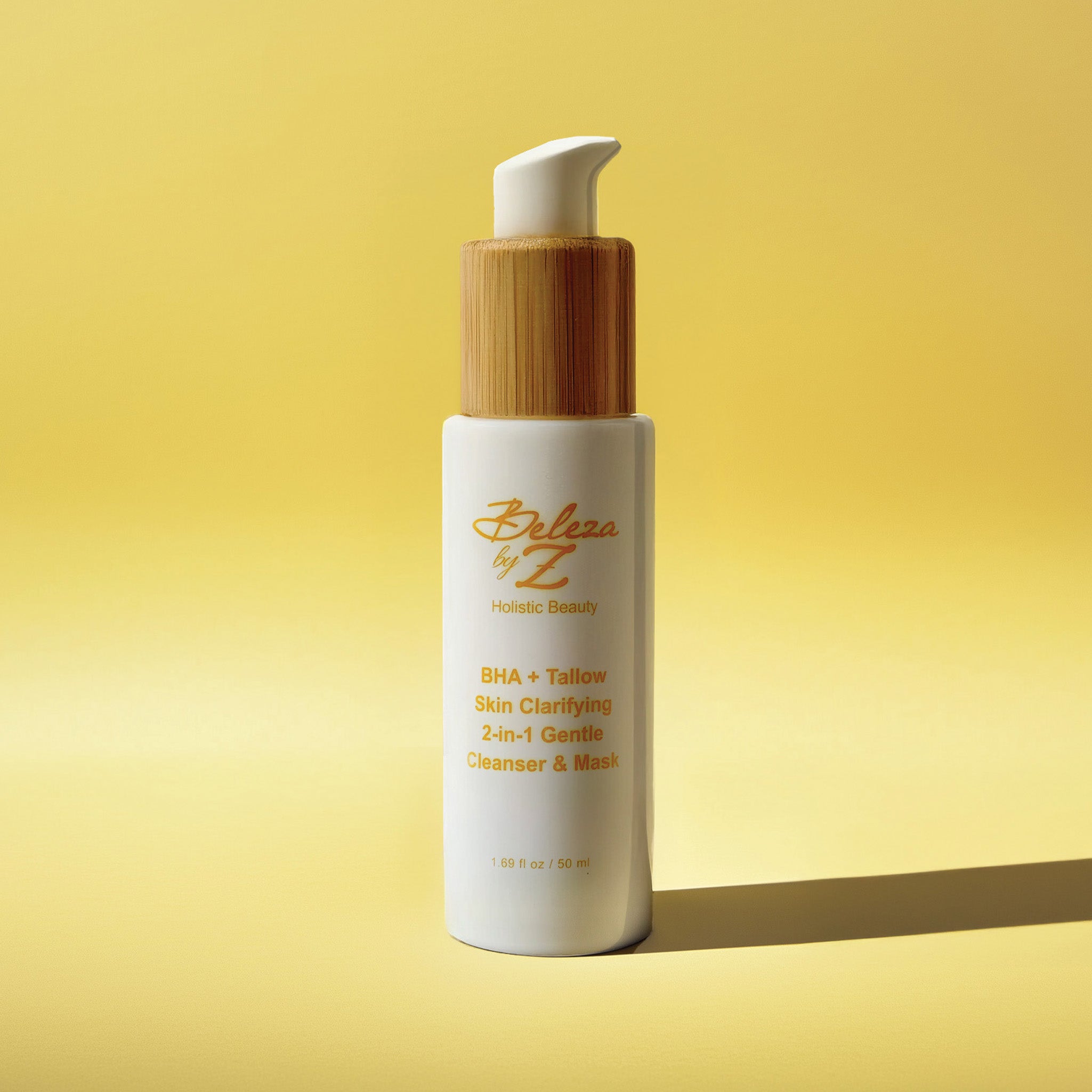
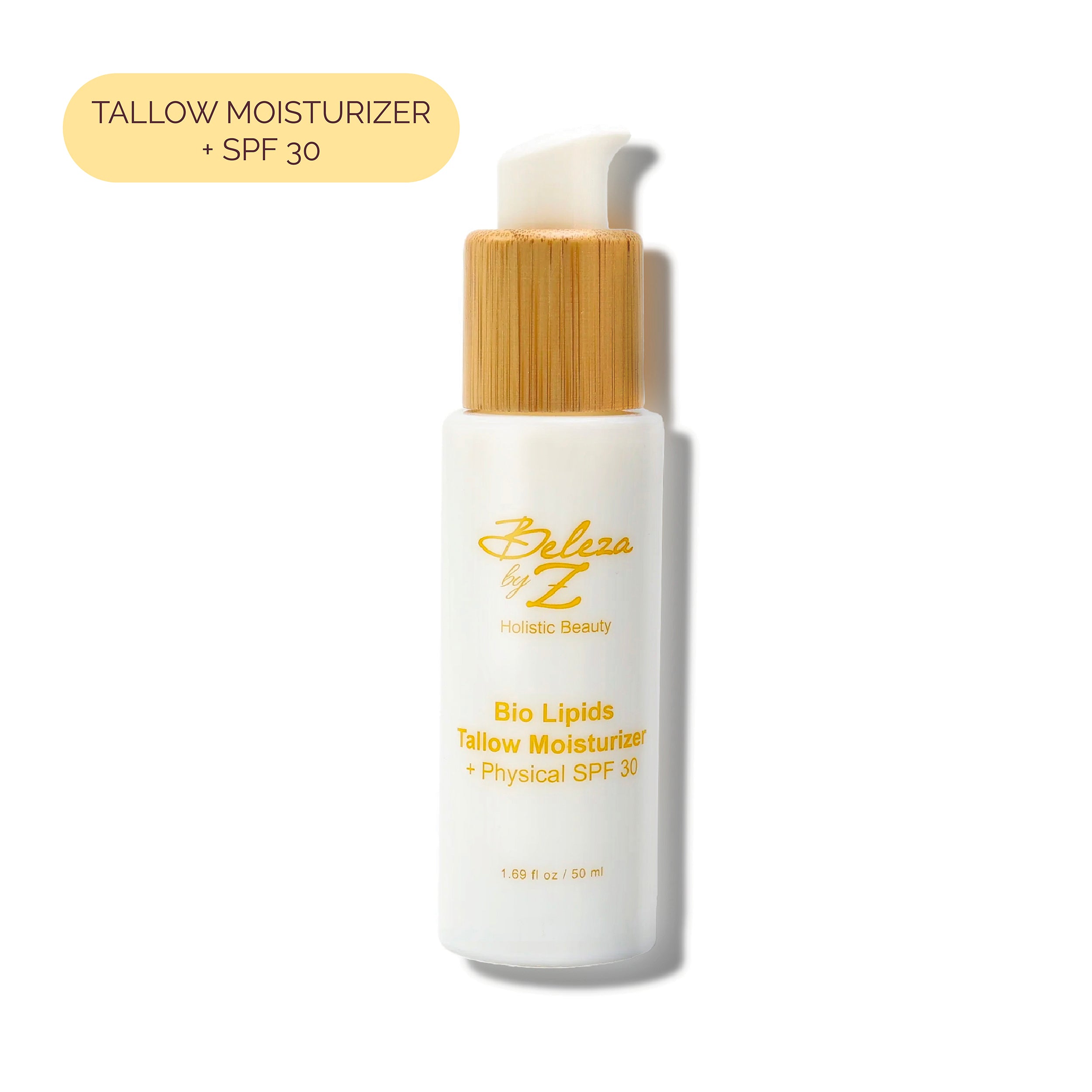


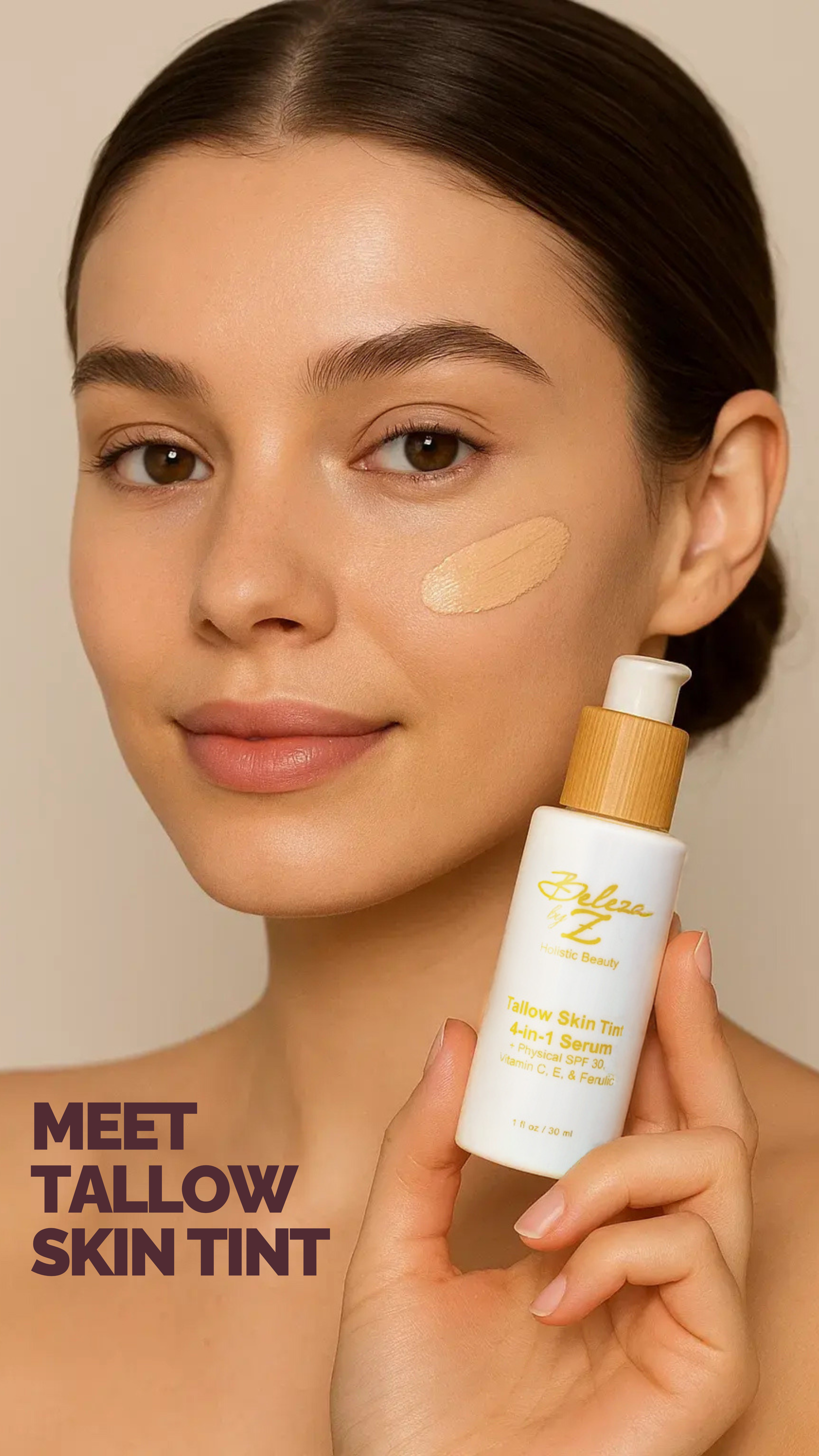

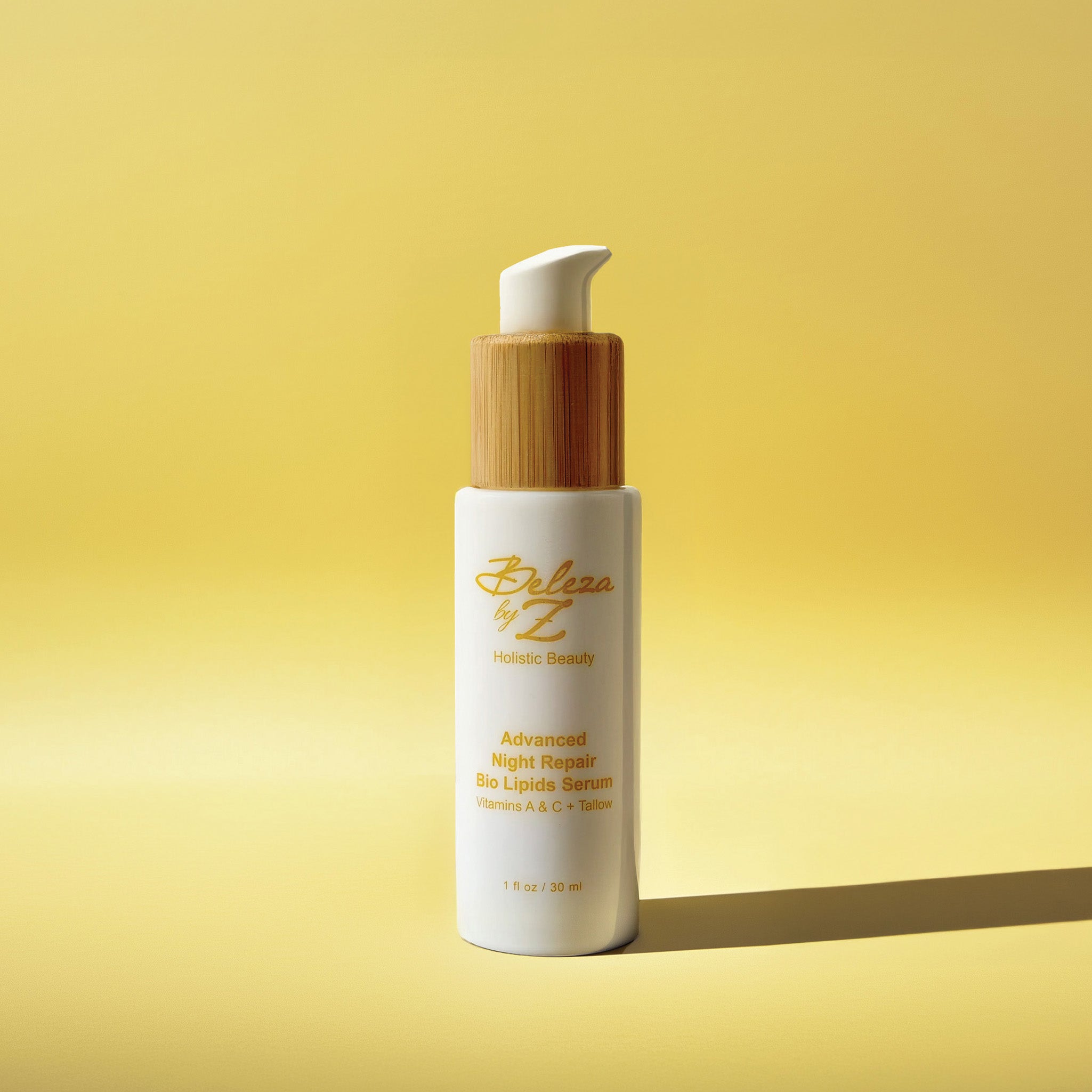
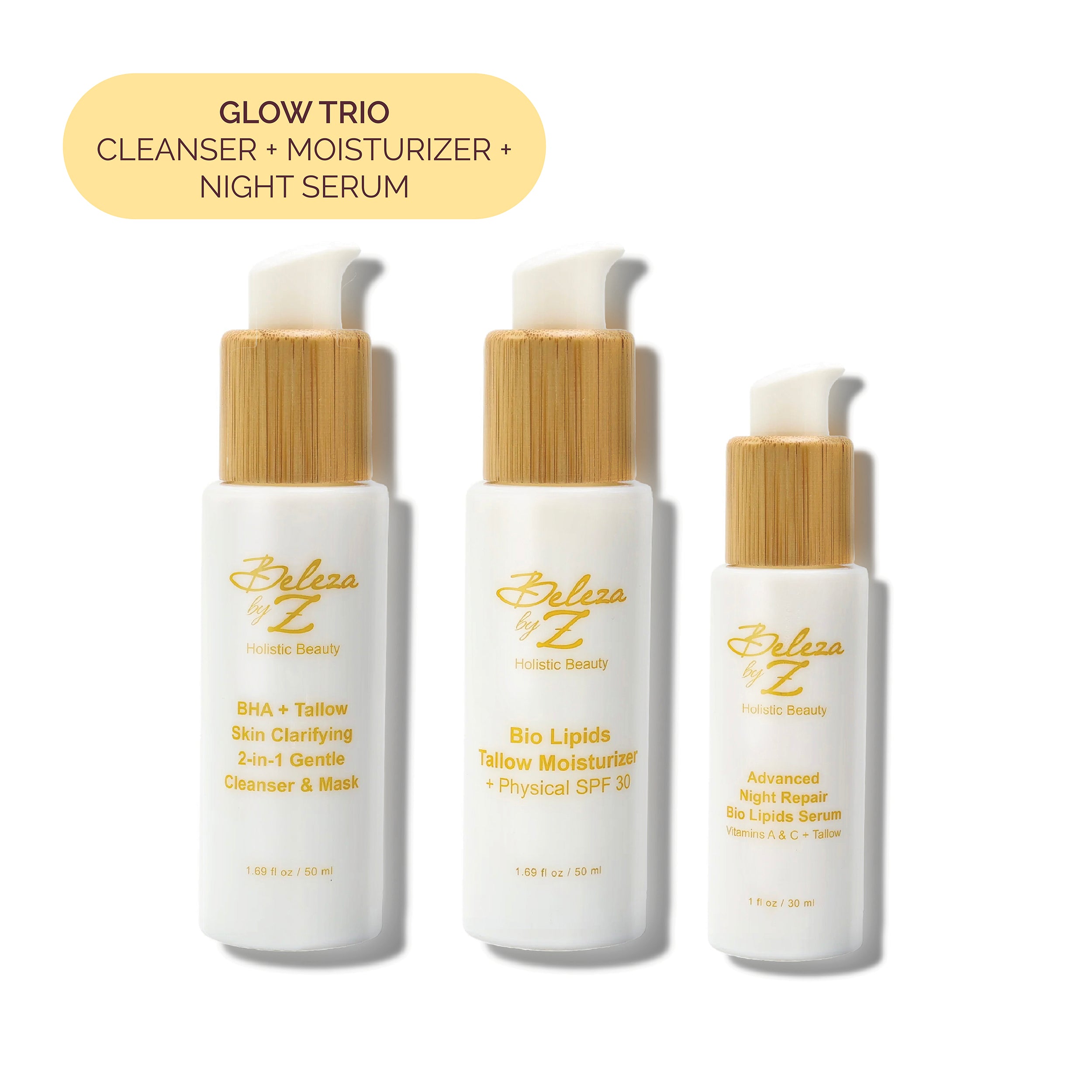
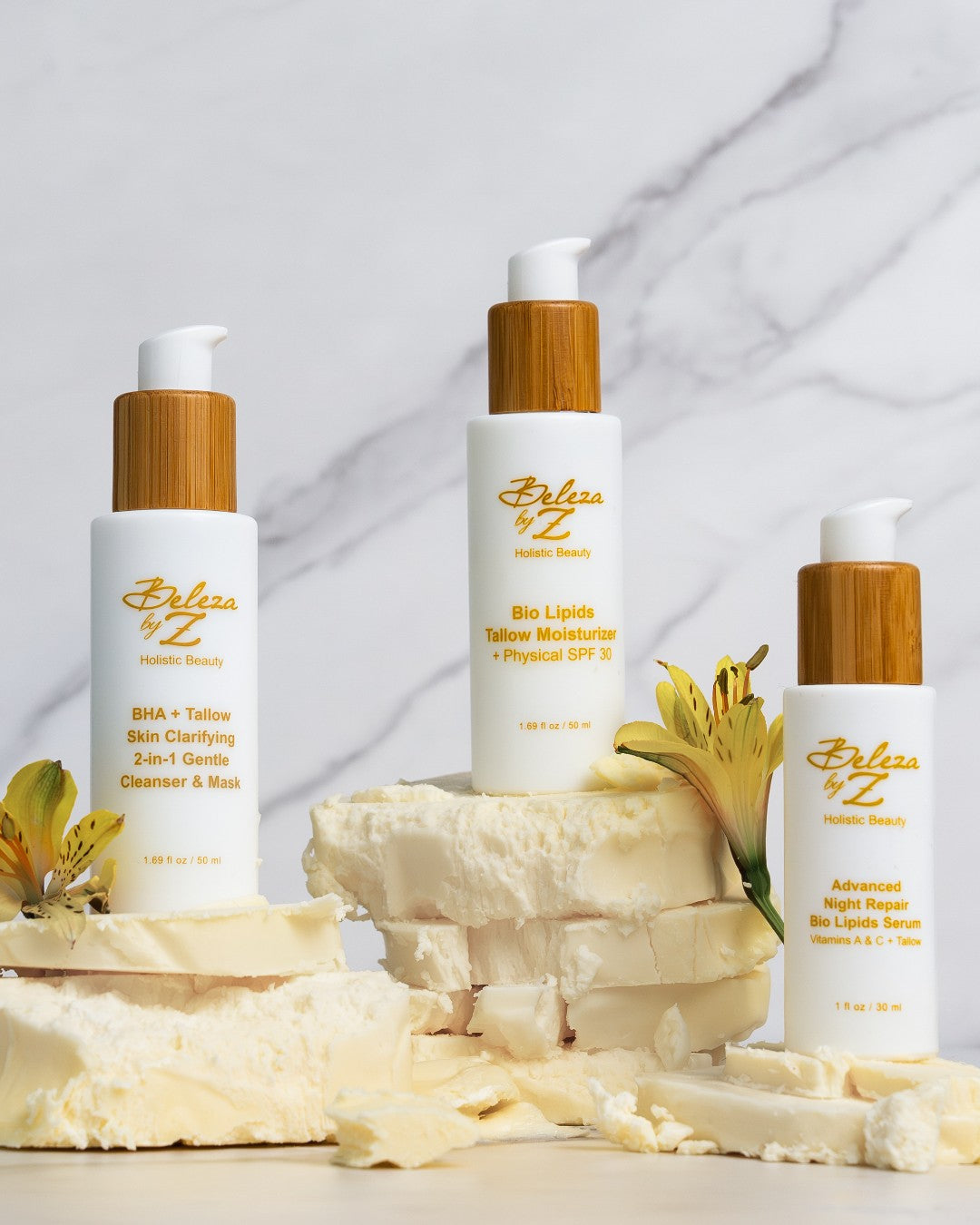

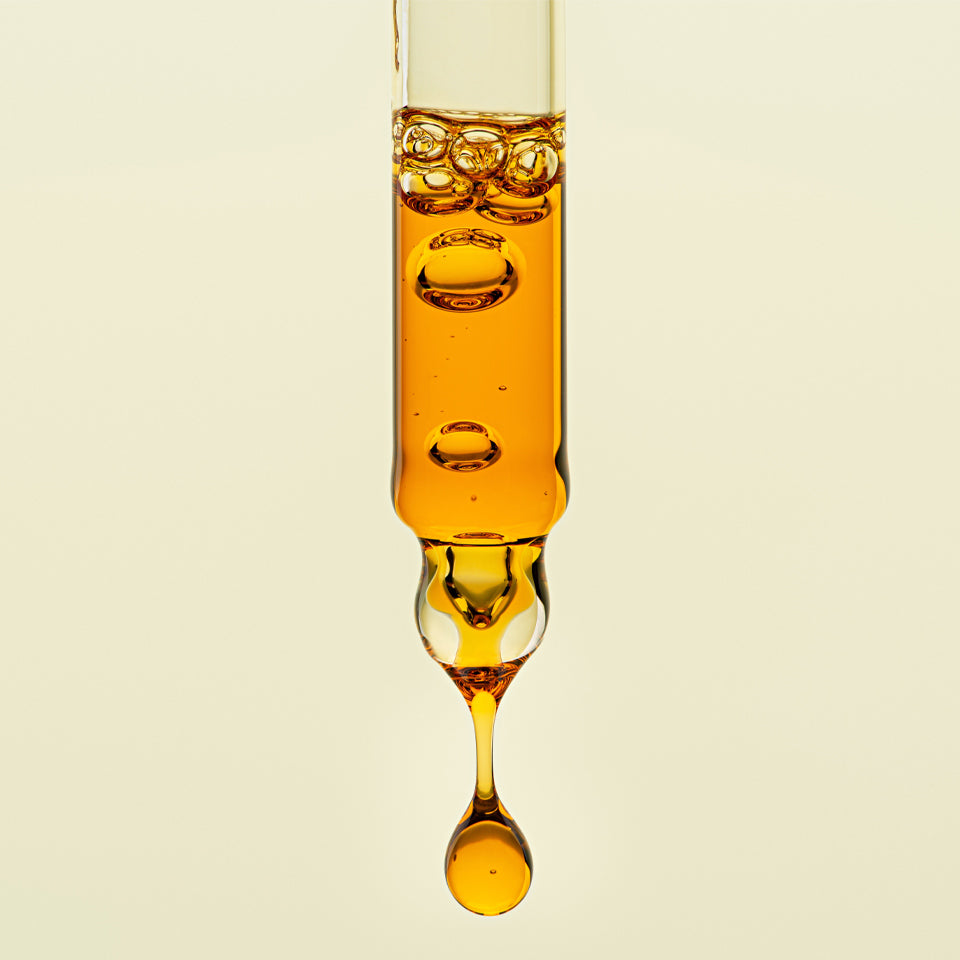

Leave a comment